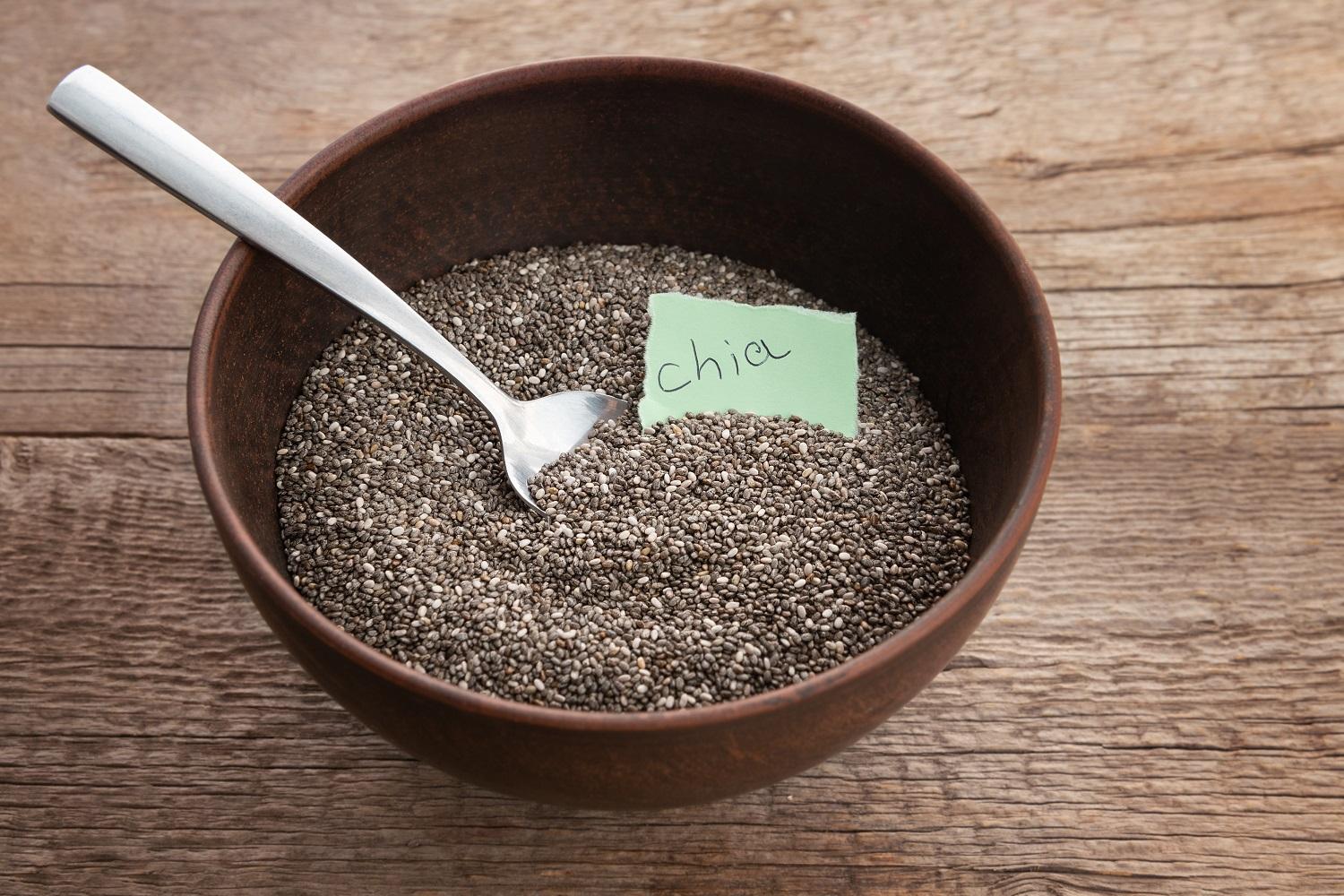Chia seeds have gained a reputation as a superfood packed with nutrition, and they’re now showing up in kitchens around the world, from smoothies and breakfast bowls to baked goods. As more parents embrace healthy eating habits for their families, a common question arises: Are organic chia seeds safe for kids?
In this blog, we’ll explore the benefits and potential risks of chia seeds for children, how to introduce them safely, and why organic options might be the best choice.
What Are Chia Seeds?
Chia seeds come from the Salvia hispanica plant, native to Central America. Once a staple in the diets of ancient Aztec and Mayan civilizations, chia seeds have made a strong comeback due to their high nutritional value.
Organic chia seeds are cultivated without synthetic fertilizers, pesticides, or genetically modified organisms (GMOs), making them a cleaner and safer choice—especially for kids.
Nutritional Benefits of Chia Seeds for Children
Chia seeds may be tiny, but they pack a nutritional punch that can benefit growing children. Here’s a breakdown of why they are often called a superfood:
1. Rich in Omega-3 Fatty Acids
Omega-3s are essential for brain development, especially in young children. Chia seeds are one of the richest plant-based sources of ALA (alpha-linolenic acid), a type of omega-3.
2. High in Fiber
Just one tablespoon of chia seeds contains around 5 grams of fiber. This helps promote digestive health and prevent constipation, a common issue in young kids.
3. Plant-Based Protein
Each serving offers a healthy dose of protein, which is essential for muscle growth and repair.
4. Bone-Boosting Minerals
Chia seeds are a good source of calcium, magnesium, and phosphorus — all crucial for strong bones and teeth.
Are Chia Seeds Safe for Kids?
Generally, chia seeds are safe for kids over the age of one when introduced properly. However, there are some important guidelines to follow:
1. Hydration is Key
Dry chia seeds can expand up to 10 times their weight in liquid. This is great for recipes, but if eaten dry, they could pose a choking hazard. Always soak chia seeds in water, milk, or juice before serving them to children.
2. Start with Small Portions
Begin with small servings, like half a teaspoon mixed into yogurt or oatmeal, and observe for any adverse reactions.
3. Watch for Allergic Reactions
Although rare, some children might be allergic to chia seeds. Symptoms may include rashes, swelling, or stomach discomfort. If in doubt, consult a pediatrician before introducing them.
How to Introduce Chia Seeds in Your Child’s Diet
Kids can be picky eaters, so creativity goes a long way. Here are some easy ways to include chia seeds:
1. Chia Pudding
Mix 3 tablespoons of chia seeds with a cup of milk or a milk alternative, and let it sit overnight. Add honey, vanilla, or fruit puree for flavor.
2. Smoothies
Add a teaspoon of soaked chia seeds into a banana or berry smoothie for an extra health boost.
3. Homemade Granola Bars
Include chia seeds in your recipe for a nutritious crunch.
4. Baked Goods
Add them to muffins, pancakes, or cookies for added texture and nutrition.
Possible Side Effects and Precautions
While chia seeds offer many benefits, moderation and preparation are important.
1. Choking Hazard
Never give dry chia seeds to small children. Soaking them beforehand is crucial to prevent choking.
2. Digestive Issues
Because chia seeds are high in fiber, consuming too much too quickly may cause bloating or gas. Start with small amounts and gradually increase.
3. Quality Matters
Always choose pure chia seeds from reliable sources. Organic chia seeds have fewer chemical residues and are better for sensitive stomachs.
If you're looking for chia seeds in Pakistan, opt for certified organic brands that are free from additives and preservatives.
Final Thoughts
So, are organic chia seeds safe for kids? Absolutely — when introduced properly and in moderation. They’re an excellent way to boost your child’s nutrition with healthy fats, fiber, protein, and minerals.
Stick to soaked or gelled chia seeds, start with small portions, and always consult your pediatrician if your child has existing food sensitivities. Choosing pure chia seeds, especially organic ones, ensures your child gets maximum benefits with minimal risk.
Whether you're a health-conscious parent in Pakistan or anywhere else in the world, chia seeds can be a powerful and safe addition to your child’s diet when used the right way.









Share this page with your family and friends.